The Product Environmental Footprint (PEF) is a measure of the absolute environmental impacts of a product throughout its lifecycle. This includes everything from the extraction of raw materials, manufacturing, distribution, use, and disposal or recycling. The PEF is a comprehensive indicator of a product's environmental impact, taking into account a wide range of environmental issues such as climate change, ozone depletion, water use, and waste generation.
The PEF is a key tool in carbon management and sustainability, as it provides a standardized method for assessing and comparing the environmental performance of products. By understanding the PEF of a product, businesses can identify opportunities to reduce their environmental impact, improve efficiency, and make more sustainable decisions.
Origins and Development of PEF
The concept of the Product Environmental Footprint (PEF) was developed by the European Commission as part of its initiative to create a single market for green products. The aim was to provide a common methodology for the calculation of the environmental performance of products, in order to facilitate the comparison of products and services based on their environmental impact.
The development of the PEF methodology involved extensive stakeholder consultation and pilot testing, with the aim of ensuring that it is robust, practical, and applicable to a wide range of products and sectors. The methodology is continually reviewed and updated to reflect advances in scientific understanding and changes in environmental priorities.
Key Principles of PEF
The PEF methodology is based on a number of key principles. First and foremost, it is a lifecycle assessment (LCA) approach, meaning that it considers all stages of a product's lifecycle, from raw material extraction to end-of-life disposal or recycling. This ensures that all environmental impacts associated with a product are taken into account, rather than just those occurring at a particular stage of the lifecycle.
Secondly, the PEF methodology is based on the principle of multi-criteria assessment. This means that it considers a range of environmental issues, rather than focusing on a single issue such as carbon emissions or water use. This allows for a more comprehensive assessment of a product's environmental impact and helps to avoid the risk of problem shifting, where efforts to reduce impacts in one area lead to increased impacts in another.
PEF Calculation Methodology
The calculation of a Product Environmental Footprint involves a number of steps. The first step is to define the functional unit of the product, which is the unit of comparison. This is typically the function that the product provides, such as the transportation of a person for a certain distance in the case of a car, or the provision of a certain amount of light in the case of a light bulb.
The next step is to compile an inventory of all the inputs and outputs associated with the product's lifecycle, including raw materials, energy, emissions, and waste. This is followed by the impact assessment, where the environmental impacts of these inputs and outputs are calculated using a set of impact categories and characterization factors. The final step is to interpret the results and draw conclusions about the product's environmental performance.
Applications of PEF
The Product Environmental Footprint has a wide range of applications in carbon management and sustainability. One of the main uses of PEF is in product design and development, where it can be used to identify opportunities to reduce the environmental impact of a product, such as by changing the materials used, improving energy efficiency, or extending the product's lifespan.
PEF can also be used in procurement, to help businesses select suppliers and products with lower environmental impacts. In addition, it can be used in marketing and communication to provide credible and transparent information about the environmental performance of products to consumers and other stakeholders.
PEF in Policy Making
The Product Environmental Footprint is increasingly being used in policymaking as a tool for promoting more sustainable consumption and production. For example, the European Commission is using the PEF methodology as the basis for its Product Environmental Footprint Category Rules (PEFCRs), which provide detailed guidance for the calculation of the PEF for specific product categories.
In addition, a number of countries are using PEF in their environmental labelling schemes to provide consumers with reliable information about the environmental performance of products. This can drive demand for more sustainable products and incentivize businesses to improve their environmental performance.
PEF in Business Strategy
For businesses, the Product Environmental Footprint can be a powerful tool for improving environmental performance and gaining a competitive advantage. By understanding the PEF of their products, businesses can identify opportunities to reduce environmental impacts, improve efficiency, and reduce costs.
PEF can also be a valuable tool for communication and marketing, helping businesses to demonstrate their commitment to sustainability and differentiate their products on the basis of environmental performance. This can help to attract environmentally conscious consumers and enhance brand reputation.
Challenges and Limitations of PEF
While the Product Environmental Footprint provides a comprehensive and standardized method for assessing the environmental performance of products, it is not without its challenges and limitations. One of the main challenges is the complexity and resource intensity of the PEF calculation process, which can be a barrier for small and medium-sized enterprises (SMEs).
Another challenge is the lack of data and uncertainty in the data used in the PEF calculation. This can lead to variability in the results, and make it difficult to compare the PEF of different products. In addition, there are challenges related to the communication and interpretation of PEF results, particularly for consumers who may not be familiar with the concept of lifecycle assessment or the specific impact categories used in the PEF methodology.
Addressing the Challenges
Efforts are being made to address the challenges and limitations of the Product Environmental Footprint. For example, the European Commission is working on the development of simplified PEF methods and tools, to make it easier for SMEs to calculate the PEF of their products. In addition, there are ongoing efforts to improve the quality and availability of data for PEF calculations, with contributions from platforms like Arbor, which offers precise and accessible tools for comprehensive carbon management. These efforts complement initiatives such as the European Platform on Life Cycle Assessment.
There are also efforts to improve the communication and interpretation of PEF results, through the development of user-friendly PEF labels and information tools. These aim to provide consumers with clear and understandable information about the environmental performance of products, and help them to make more sustainable purchasing decisions.
Future of PEF
The Product Environmental Footprint is likely to play an increasingly important role in carbon management and sustainability in the future. As the demand for more sustainable products grows, and as the regulatory and policy landscape evolves, the PEF can provide businesses with a robust and credible method for assessing and communicating the environmental performance of their products.
At the same time, the PEF methodology is likely to continue to evolve, in response to advances in scientific understanding and changes in environmental priorities. This will ensure that the PEF remains a relevant and effective tool for promoting more sustainable consumption and production.
Understanding your product's environmental impact is crucial in today's market, where sustainability is not just a trend but a business imperative. Arbor empowers you to lead the way in carbon management with our easy-to-use platform, providing industry-leading accuracy in carbon calculations. Whether you're facing regulatory pressures, seeking to optimize your time and budget, or in need of reliable data for informed decisions, Arbor's suite of tools is designed to address these challenges. Calculate your product's PEF with precision, report with confidence, gain actionable insights, and showcase your commitment to sustainability. Talk to sales today and become the environmental champion your organization needs.
Measure your carbon emissions with Arbor
Simple, easy carbon accounting.



.avif)
.webp)
%20Directive.webp)
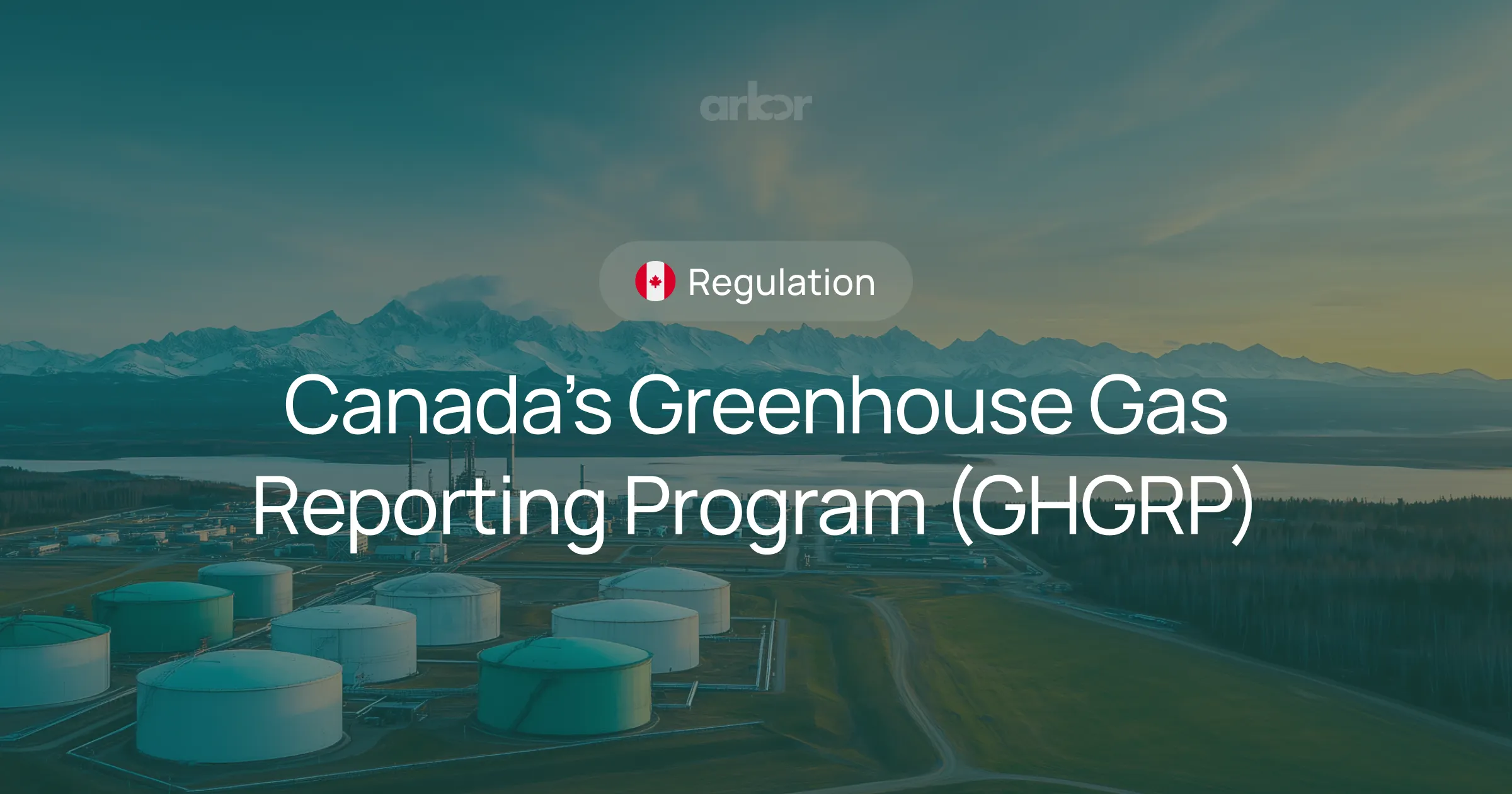

.webp)
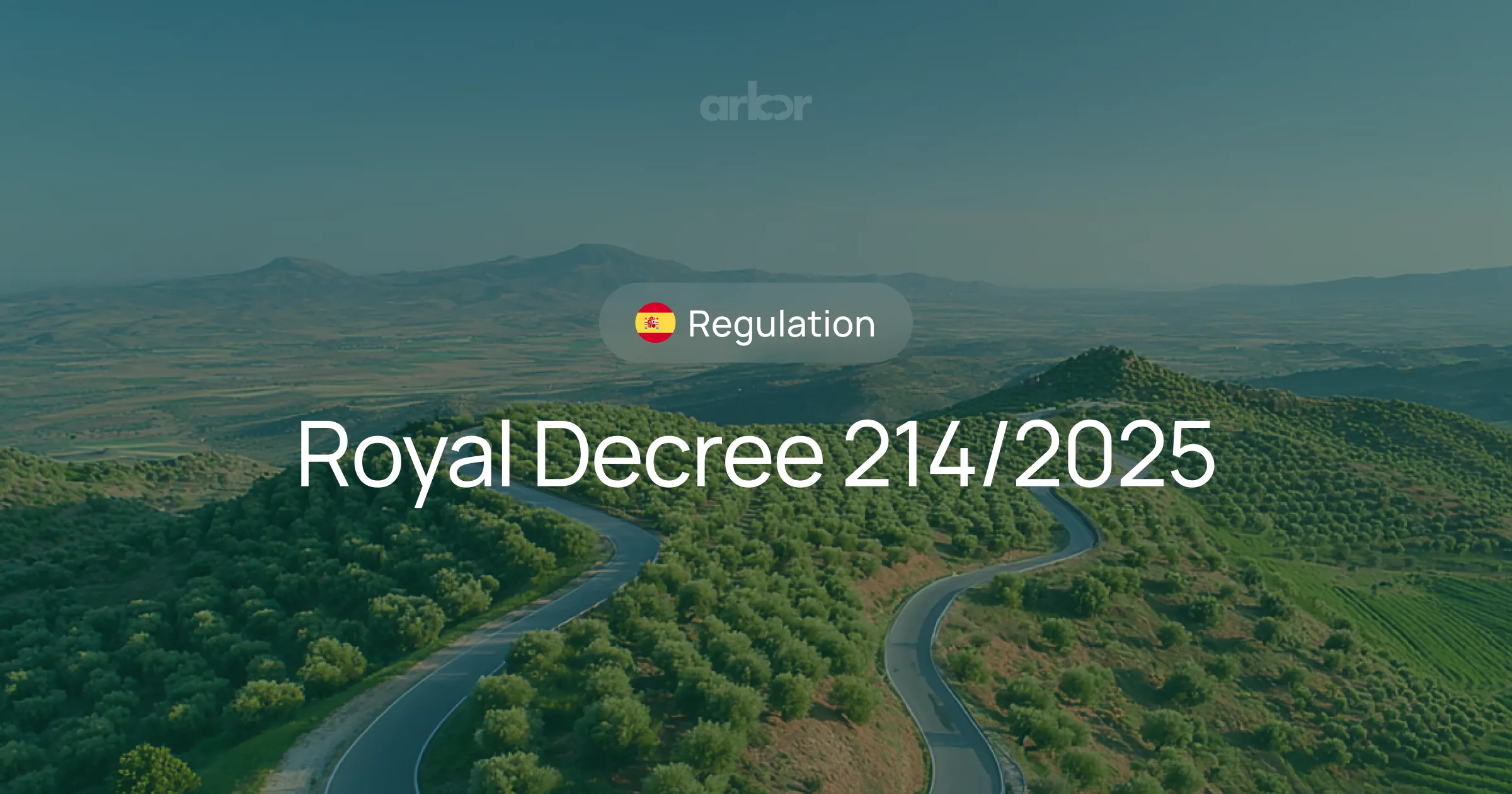
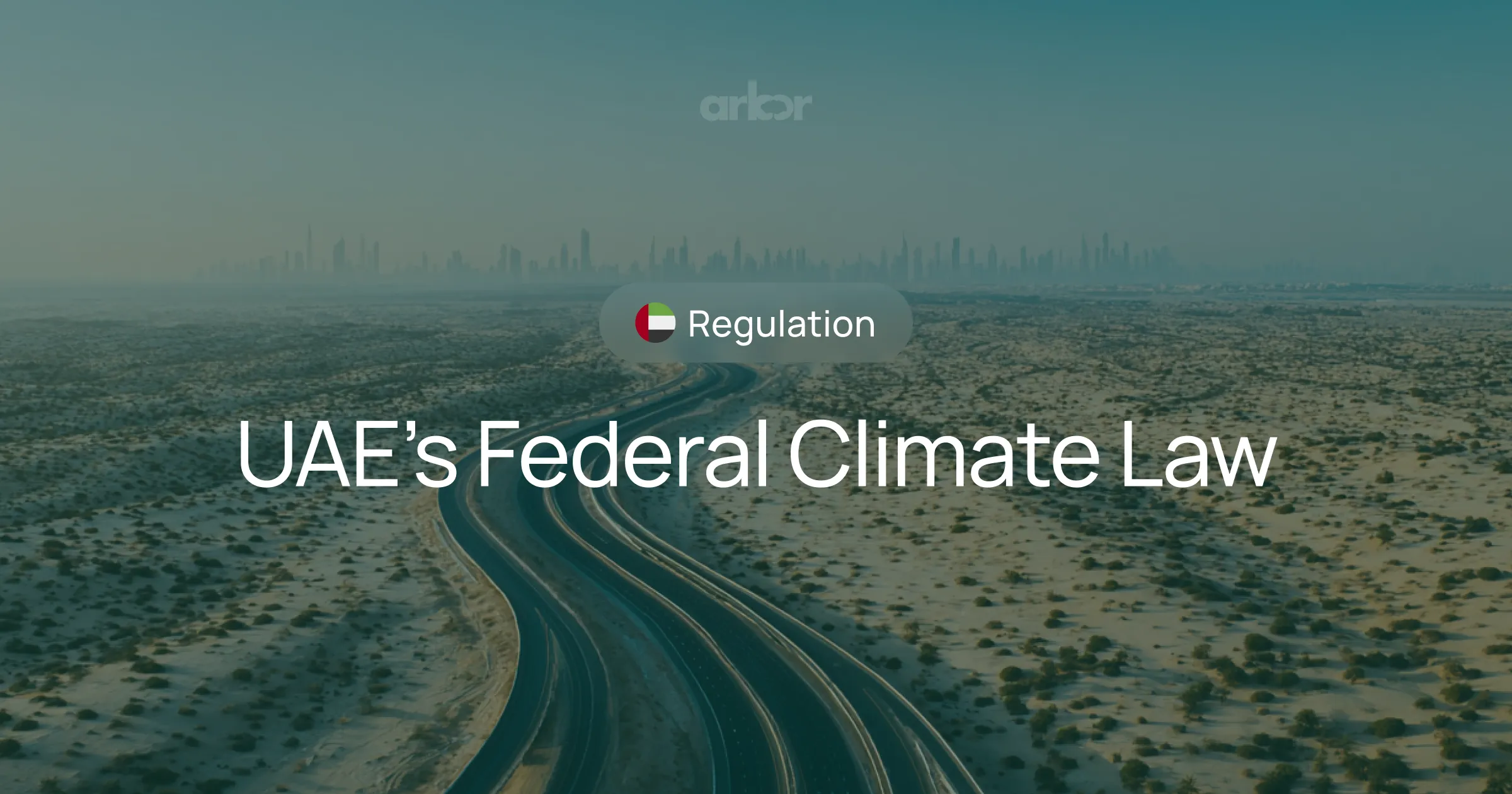









%20Arbor.avif)





%20Arbor.avif)


.avif)
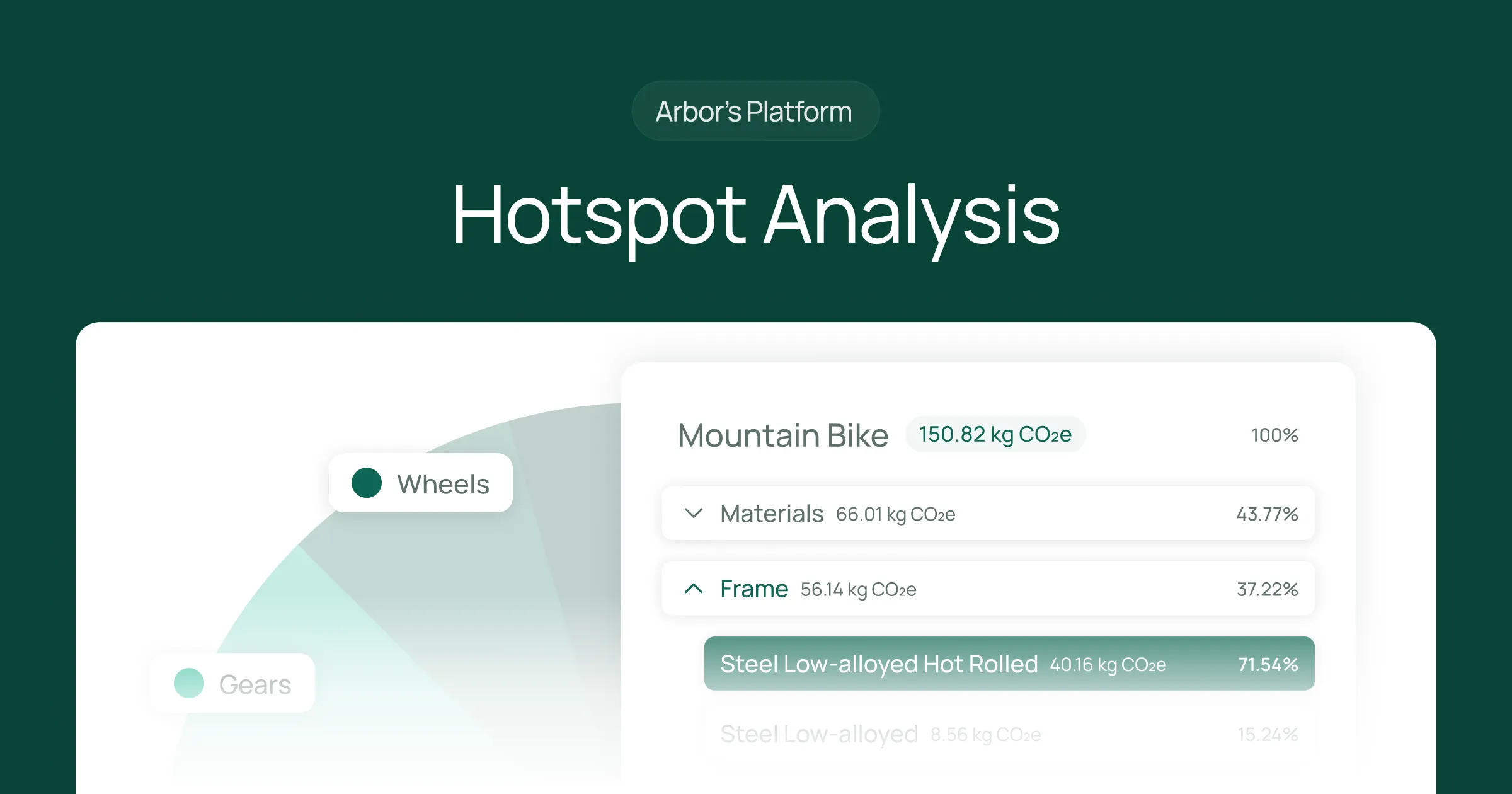


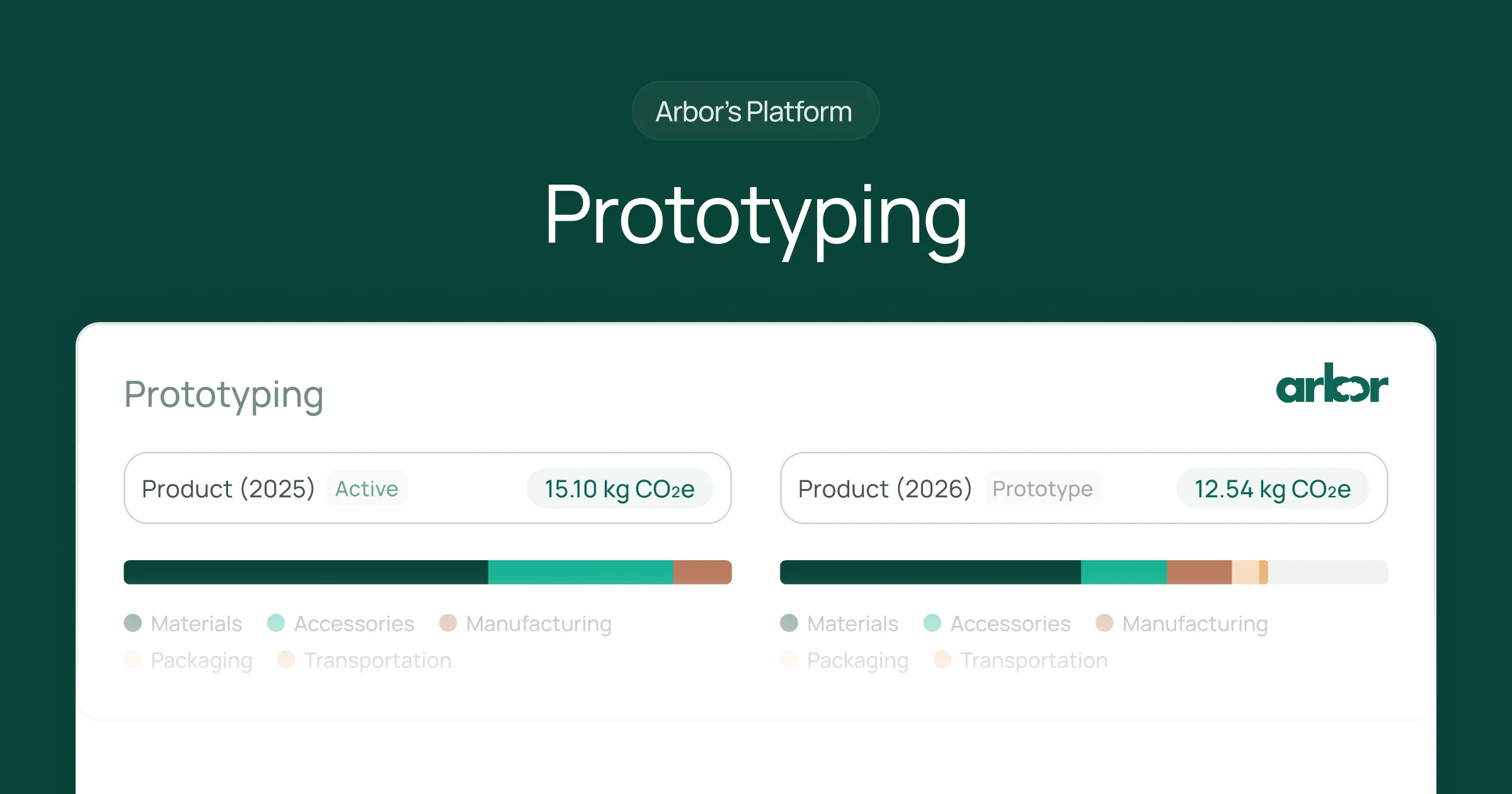


%20Arbor%20Canada.avif)

.avif)
%20Arbor.avif)
.avif)






_.avif)
.avif)
%20Arbor.avif)




%20Software%20and%20Tools.avif)





.avif)
.avif)
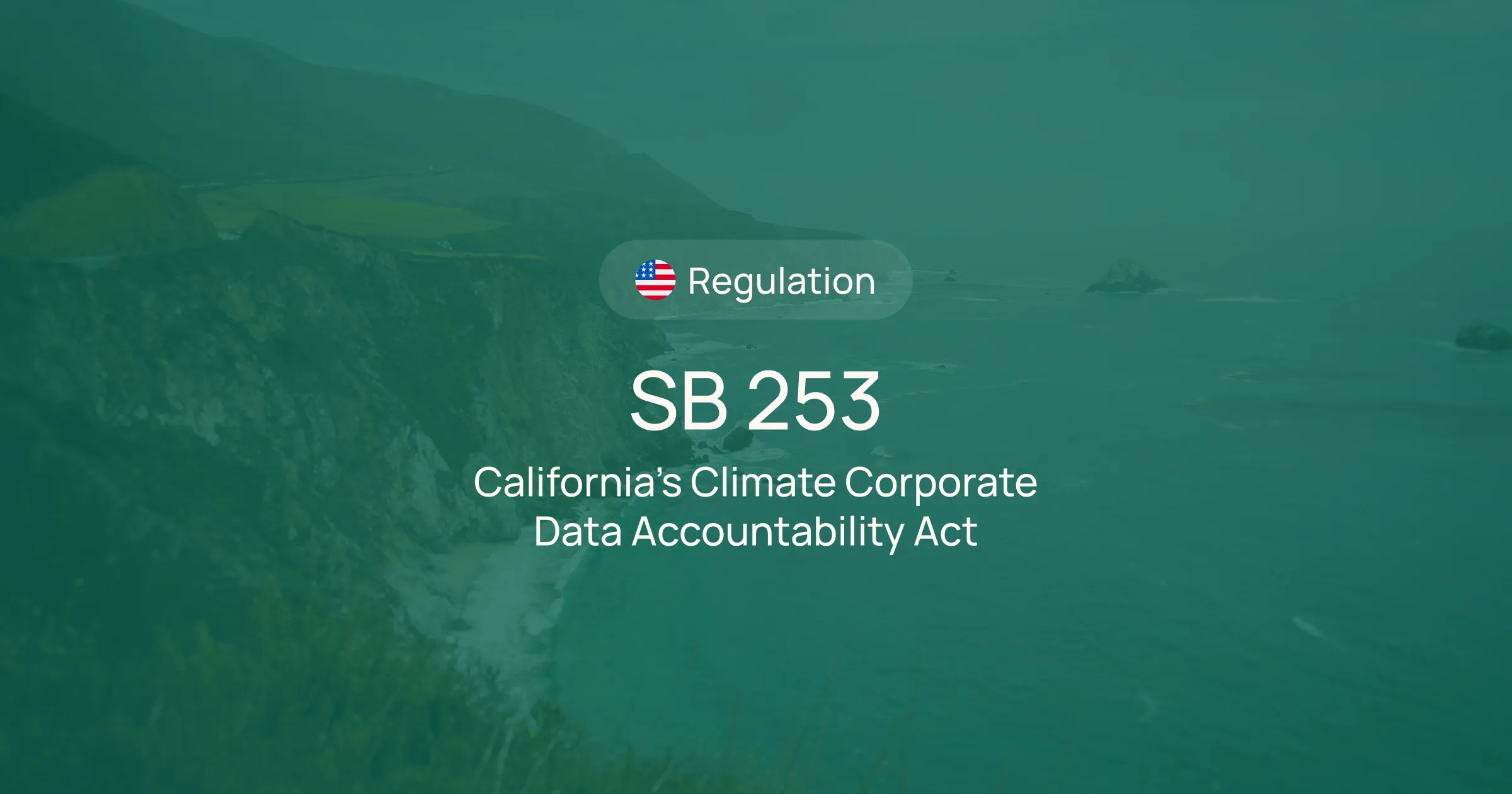



%20EU%20Regulation.avif)












.avif)


%20Arbor.avif)









_%20_%20Carbon%20101.avif)








.avif)
.avif)









